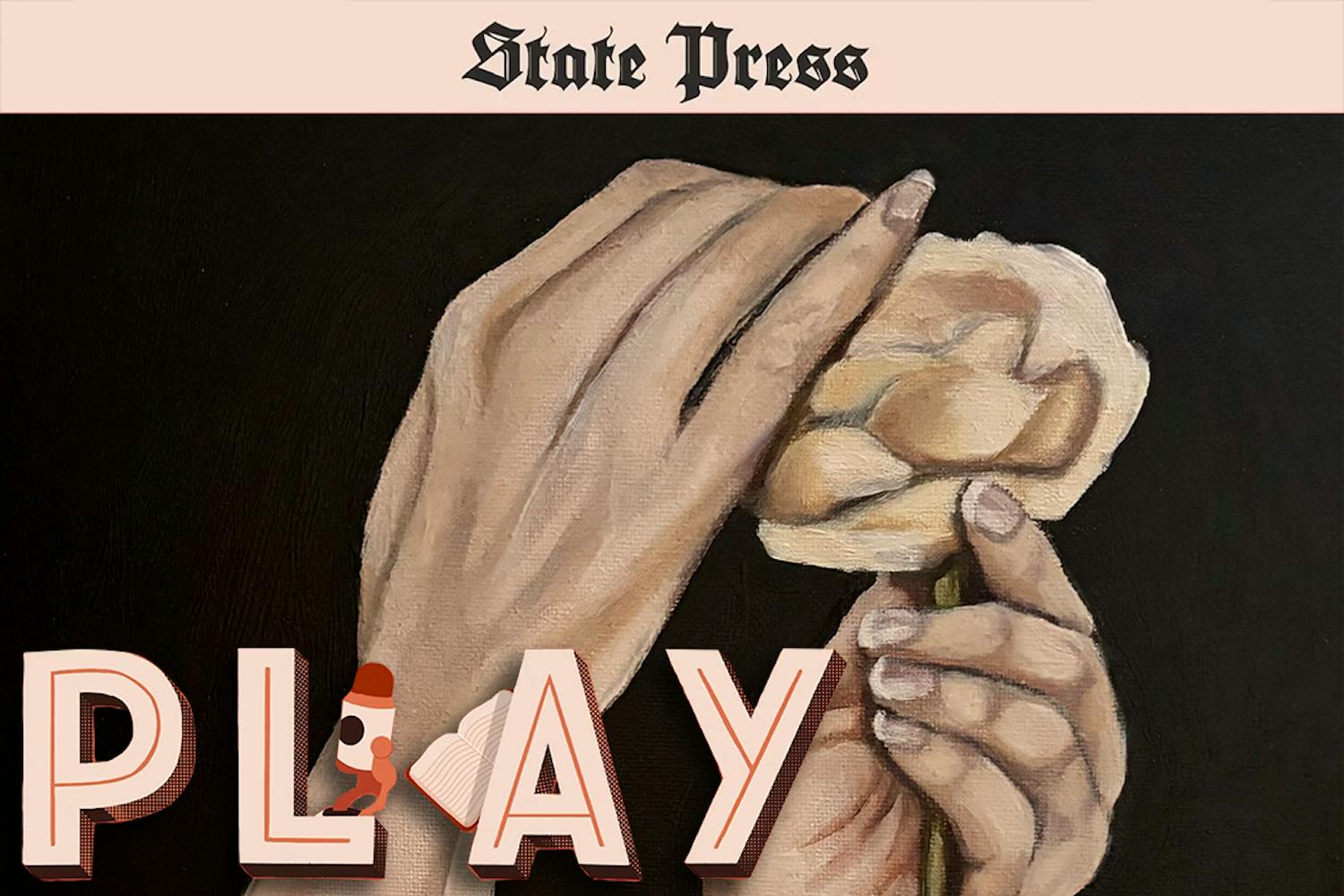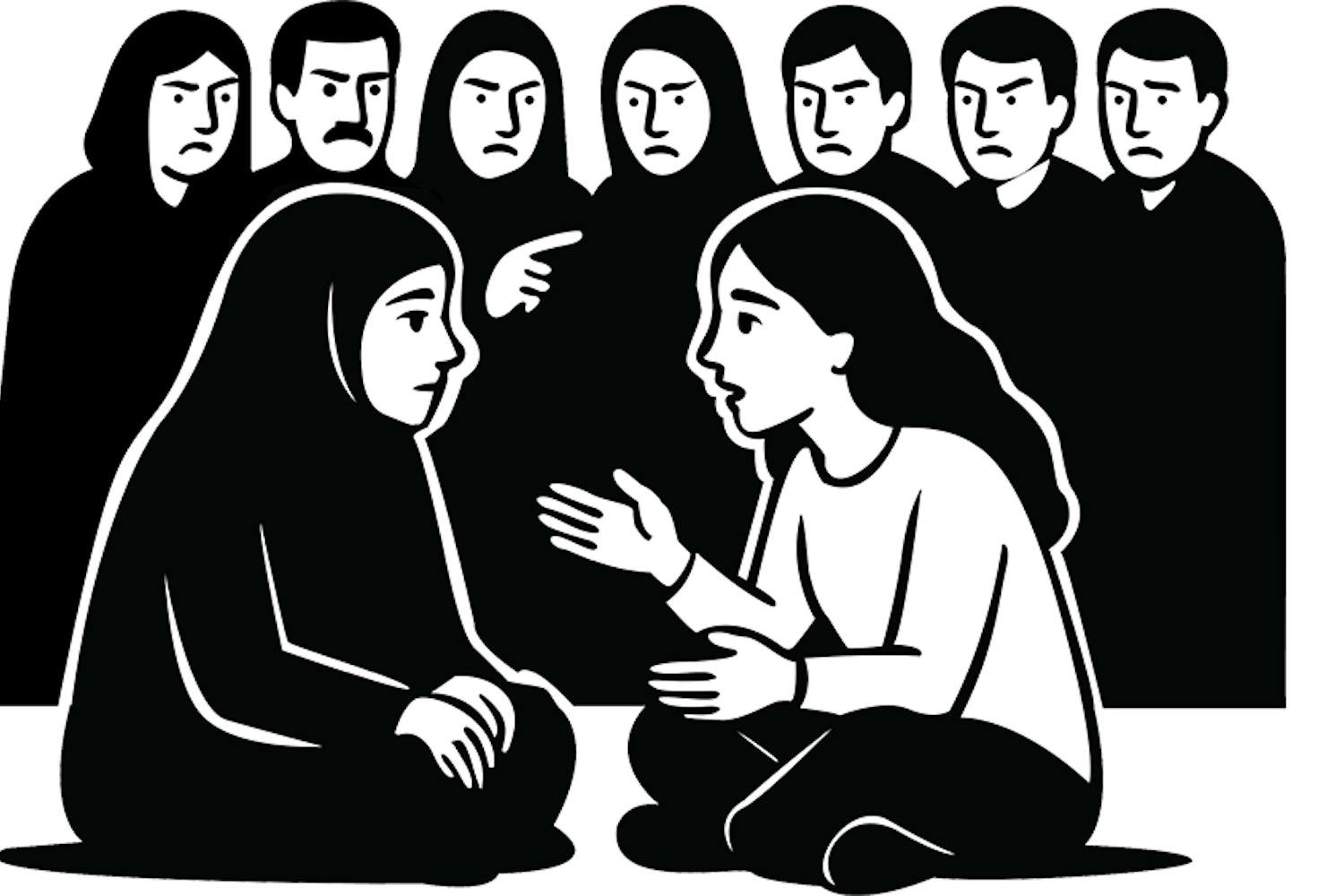Living in Arizona it's our God-given right to listen to country music, wear cowboy hats all the time ("Oh, they're from Arizona" people will say) and drive huge pickup trucks for bailing hay. Out here, cow culture is alive and well.
Or so I thought until my crazy New Yorker friend came to visit and our lunchtime conversation turned to disputing the righteousness of eating red meat. Apparently, many students at her alma mater, Skidmore College in upstate New York, take burger eating very seriously. While eating with others, it is polite to excuse yourself if ordering beef and assert that you are having a serious craving. Their social conscience dissuades them from eating beef on the basis that cows are bad for the environment.
But when the waitress came to collect our orders, I claimed ignorance and went ahead and asked for a burger with a side of chili cheese fries and a glass of milk. "I don't know what you're talking about," I said. I told her that here in the Southwest, people ranch to make a living, and it's good to support the locals.
When I discovered that, according to Charles F. Wilkinson's book "Crossing the Next Meridian: Land, Water, and the Future of the West," less than 20 percent of all U.S. beef comes from the Western states, I felt like an idiot. In fact, New York has way more cows than Arizona. But it just didn't make sense. The Wild West and cows are fused together in most people's minds.
The fact of the matter is this: The East and the Midwest are better suited for raising cattle because they are more ecologically similar to Europe where cows came from. Eastern lands are greener and so the cattle industry is more lucrative. On the other hand, ranching isn't a great business in the Southwest; people usually just do it for the lifestyle nowadays, rather than for the money.
Besides the Western rancher, there is an even smaller minority of cattle ranchers who are making a big stir among the public. These are the Western cattle ranchers who graze their livestock on public lands. These lands, owned by the Bureau of Land Management and the Forest Service, are considered "public domain."
Ranchers with permits to graze on public land make up only 2 percent of all ranchers in the U.S., as stated in Wilkinson's book. They pay a fee to graze their cattle on the BLM and FS lands. The fee is so small, however, that many consider it a joke. To feed a large dog for a month would cost around $20. To feed a cow for a month on public lands this year costs $1.35, according to BLM. This low fee is making a lot of people mad, considering that these same cows are overgrazing the land and endangering native species. Even with a small percentage of the nation's cows, this negatively affects Arizona.
In fact, according to one survey done by Arizona Game and Fish in 2001, 70 of Arizona's 116 endangered animals are seriously affected by the overgrazing of their habitats. The list includes everything from birds, fish, reptiles, mammals and invertebrates. Why is this small community of ranchers allowed to jeopardize the health of public lands?
Public lands are for the public. The founder of the Forest Service, Gifford Pinchot, said about public resource use, "For the greatest good of the greatest number for the longest time." We need a cow-free policy for our public lands. That would be beneficial in the long term for the most people.
Let the 70 of Arizona's 116 endangered species recover by doing away with this gluttonous beast on public lands. It is unfathomable that we might let so many species go extinct in this area for the benefit of a mere 2 percent of ranchers.
Have a beef with Lindsay's column? E-mail her at: lindsay.wood@asu.edu.



